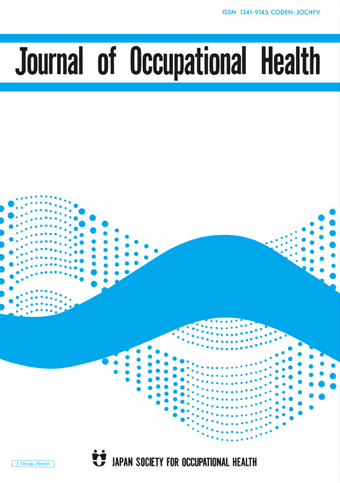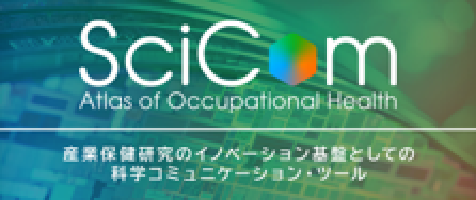Developing a Support Tool for Small- and Medium-Sized Enterprises to Help Balance Employee Cancer Treatment and Work
There is a 50% chance of getting cancer in one’s lifetime. Around 300,000 of the working population in Japan get diagnosed with it every year. And even though the 5-year survival rate of cancer patients has risen to 60% on average, the diagnosis places tremendous psychological burdens on the patients.
Recognizing that the workplace environment is critical for cancer patients to find balance between treatment and work, the Japanese Ministry of Health, Labor and Welfare published the “Guidelines for Supporting Balance between Medical Treatment and Work in the Workplace” in February 2016.
Since then, companies, especially small- and medium-size enterprises (SMEs), have been striving to find the right balance in their work cultures. They have little support in the form of reports or studies. Our study sought to develop and evaluate the validity and feasibility of a support tool that SMEs can use to evaluate and improve their work culture for cancer patients.
Based on our previous studies of best practices that support balance between cancer treatment and work in SMEs, we discussed and debated the various aspects of the support tool, like who would use it and where and what kind of “easy-to-implement activities” should be in it. We developed the first version after multiple iterations.
The validity of our tool was tested with five management experts and ten human resources (HR) managers. The experts provided their feedback on ease of understanding the content, relevance, etc., in a focused group interview. The managers did the same through a survey. The final version of the support tool was created based on the feedback that we obtained.
The final “Checklist and Tips for Balancing Cancer Treatment and Work” (support tool) had two parts: assessment and information. The assessment section had a questionnaire with 24 items in 6 categories. It allowed companies to easily evaluate the degree to which they supported patients in finding balance between treatment and work.
Results were visually depicted on a radar chart to provide an at-a-glance summary of the company’s strengths and weaknesses. Based on the results, the tool provided explanations and tips for improvement in the information section.
Overall, the tool was assessed to be easy to understand and use and was found to be relevant as well. We expect it to increase the motivation of managers and HR personnel to create work environments that support the treatment and work needs of cancer patients.
Link to the original journal article:
https://www.jstage.jst.go.jp/article/eohp/1/1/1_2019-0006-OA/_html/-char/ja
Development of a support tool for balancing cancer treatment and work in small and medium-sized enterprises
Noriko Nishikido, Minako Sasaki, Etsuko Yoshikawa, Michiyo Ito, Hitomi Abe, Noriko Sakiyama
Here are some ways you can make it easier for your plain-language summary to be discovered once it has been published:
- Upload the summary on your personal, lab/research group, or university website.
- Share the published content with peers and colleagues through your personal social media accounts (Facebook, Twitter, Blogs, and LinkedIn). Link this back to the journal’s social media promotions for your paper.
- Include the link to the published post in your email signature line.
News & Announcement
-
Mar 14, 2025EOH-P has been listed on PMC/PubMed!The articles published in EOH-P have been registered with PMC/PubMed, the U.S. Nation...
-
Jun 11, 2021Lay Summary page open!Lay Summary page provides you article summaries in order of study categories. You can...
-
Oct 1, 2019EOH-P is now released!The Environmental and Occupational Health Practice (EOH-P) has been released. Please ...
Journal Info
Average 46.14 days from submission to first decision
Average 120.95 days from submission to acceptance







